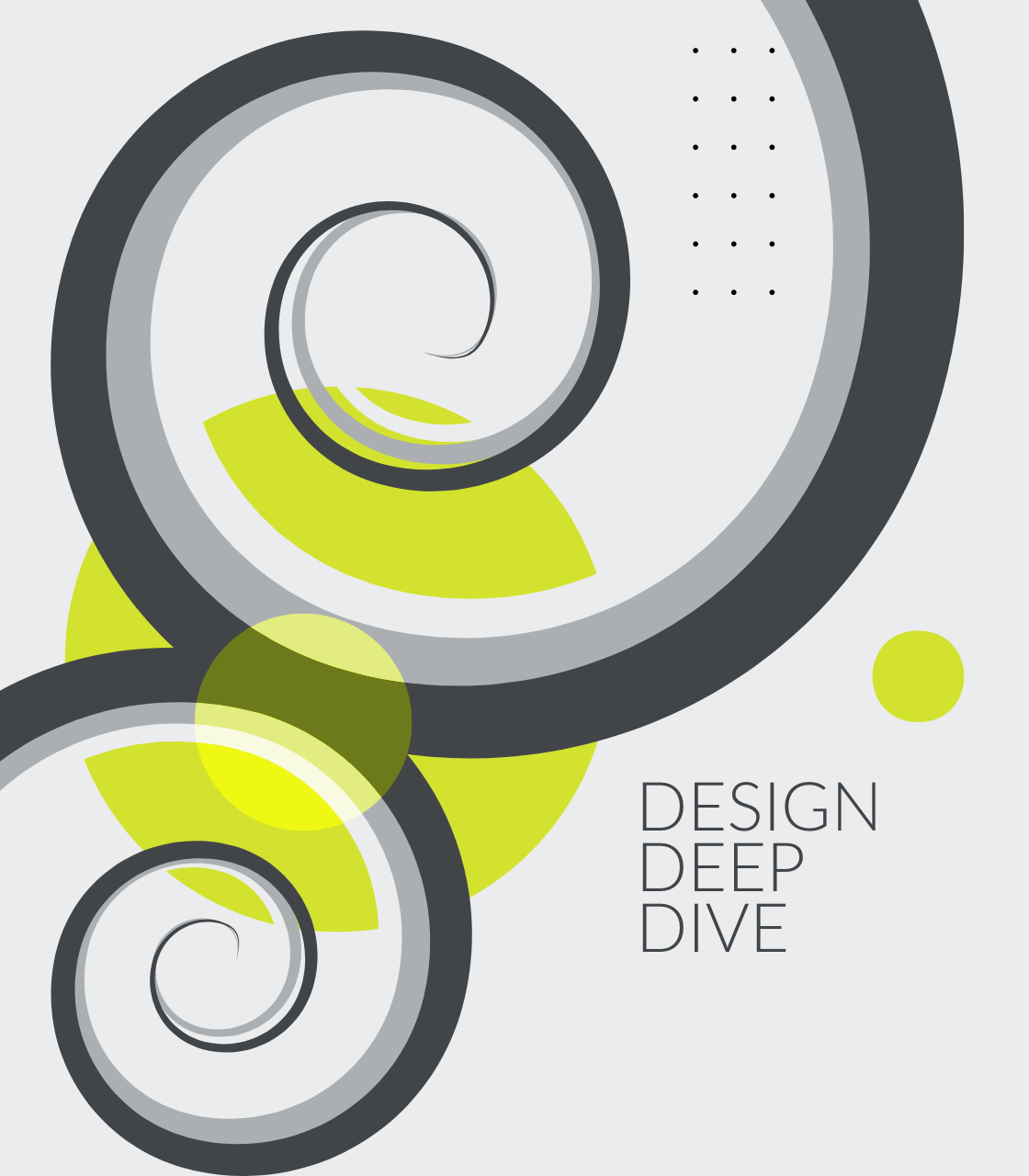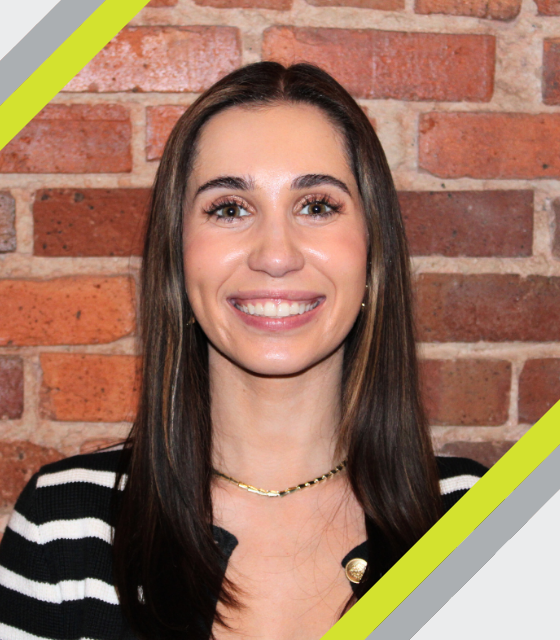
Buzz / 07 27, 2023
THE ART OF COLLABORATIVE DIGITAL PRODUCT DESIGN: WHEN CLIENTS BECOME PARTNERS
In an agency model, the designer’s key role is that of transforming a client’s business concept into a remarkable digital product design.
As digital product designers, we are not just mere executors of our client’s wishes. We are consultants, experts in our field, and the clients are paying for our valuable expertise.
Let’s explore how collaboration plays a crucial role in this process, where the designer becomes a trusted partner in shaping the client’s vision.
 When a client approaches our digital product design agency with a business concept, it’s our duty to listen attentively and truly understand their goals, needs, and aspirations. This initial phase sets the foundation for a fruitful collaboration. We need to grasp not only what they want but also why they want it. This deeper understanding allows us to align our expertise with their vision and provide valuable insights throughout the design process.
When a client approaches our digital product design agency with a business concept, it’s our duty to listen attentively and truly understand their goals, needs, and aspirations. This initial phase sets the foundation for a fruitful collaboration. We need to grasp not only what they want but also why they want it. This deeper understanding allows us to align our expertise with their vision and provide valuable insights throughout the design process.
As digital product designers, we have the advantage of technical know-how and an eye for aesthetics. We bring the client’s concept into the realm of feasibility and functionality.
“Our role is not only to execute their vision but also to act as trusted consultants. We help refine their ideas, providing suggestions and alternatives that enhance the product’s usability, manufacturability, and marketability,” explains Jason Rivers, Haneke’s Director of Design.
The Collaborative Design Process
The heart of collaboration lies in the design process. Rather than working in isolation, we engage the client as an active participant in this journey.
Through regular consultations, we create an open and transparent dialogue, valuing their input as an integral part of the creative process. By working together, we merge their business acumen with our design expertise, nurturing a partnership where each party contributes their unique insights.
Once we have a clear understanding of the client’s vision, we embark on the iterative design phase – this is where the magic happens! By constantly refining and building upon our designs, we transform the initial concept into tangible prototypes.
Throughout this process, it is crucial to keep the client engaged, seeking their feedback and involving them in decision-making. After all, their expertise in their specific market or industry is invaluable, and it’s our duty to leverage it to create the best possible outcome.
“As designers, we are not just tasked with creating aesthetically pleasing products; we are problem solvers. By employing design thinking methodologies, we encourage our clients to think beyond the surface-level concept. We delve into their target audience’s needs, pain points, and desires, using empathy to craft a design that resonates deeply,” Jason explains.
By adopting a consultative approach, we help our clients discover innovative solutions that may have been overlooked initially.
The Power of Trust-based Collaboration
Collaboration between clients and designers has the potential to yield extraordinary results.
By viewing ourselves as consultants, we offer guidance and expertise while allowing our clients to actively participate in the design journey. Together, we bridge the gap between the client’s vision and the realm of possibility, bringing their business concept to life in ways they may not have envisioned on their own.
 To position ourselves as trusted consultants, we must demonstrate our expertise in digital product design. This involves showcasing our portfolio of successful projects, highlighting our knowledge of industry trends, and staying up-to-date with the latest design methodologies and technologies. By continuously expanding our knowledge base, we establish ourselves as credible sources of information and guidance.
To position ourselves as trusted consultants, we must demonstrate our expertise in digital product design. This involves showcasing our portfolio of successful projects, highlighting our knowledge of industry trends, and staying up-to-date with the latest design methodologies and technologies. By continuously expanding our knowledge base, we establish ourselves as credible sources of information and guidance.
Trust is not built solely through expertise; it also hinges on our ability to listen and truly understand our clients’ needs. We must actively engage in meaningful conversations, ask relevant questions, and seek to grasp the core of their business concept. By demonstrating empathy and genuine curiosity, we create a foundation of trust upon which fruitful collaboration can thrive.
To consult effectively, we must maintain a transparent and open line of communication with our clients. This means being honest about the feasibility and potential challenges of their ideas while offering alternative solutions. It’s crucial to establish an environment where clients feel comfortable expressing their concerns, ideas, and aspirations. By fostering open communication, we build trust and ensure that our clients value our insights and recommendations.
“As trusted consultants, it is our responsibility to educate our clients about the design process and guide them through its intricacies. We should explain the reasoning behind our design choices, providing valuable insights into how each decision impacts the final product,” Jason explains.
By sharing our expertise and helping clients understand the rationale behind our suggestions, we empower them to make informed decisions and actively contribute to the design process.
In the realm of digital product design, collaboration is the key to success. By embracing a consultative approach, we transform ourselves from mere executors to trusted partners. Our expertise becomes a valuable asset, guiding the client through the intricacies of the design process.
So, let’s continue to foster strong collaborative relationships with our clients, recognizing the power of our role as design consultants. Together, we can create extraordinary products that amaze, delight, and inspire!
Contact us today to set up a free discovery call to learn about how Haneke Design can help you with all of your design and development needs!



